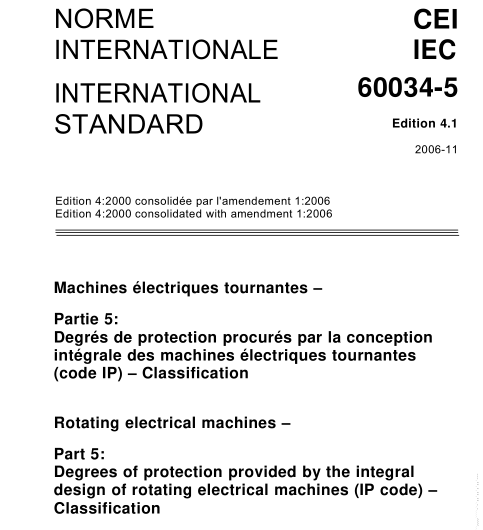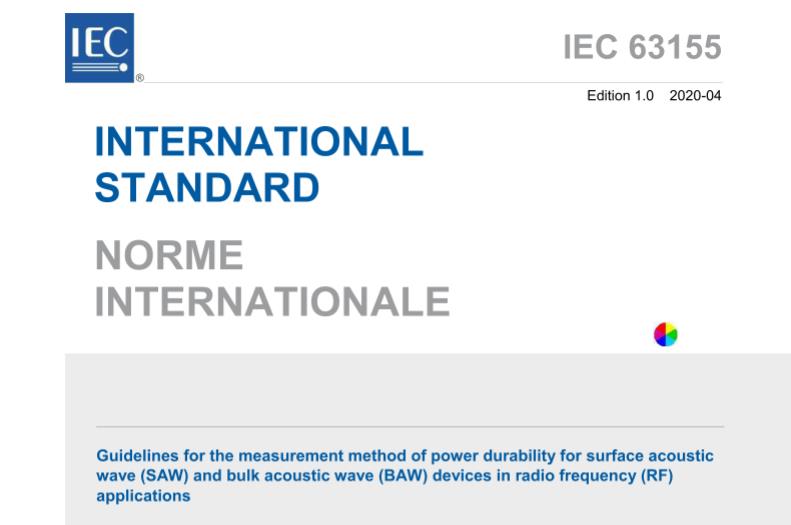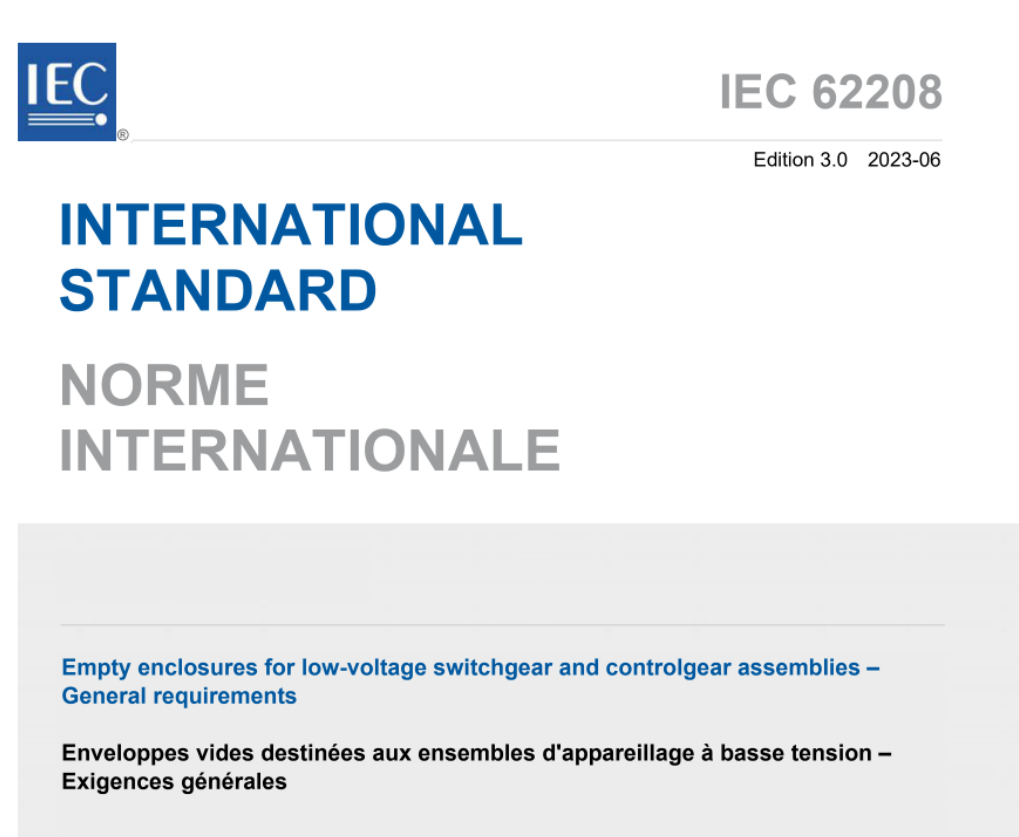The present International Standard is intended for the categorization of the levels of protection offered by enclosures for rotating electrical machines. It establishes the criteria for protective enclosures that are otherwise appropriate for their intended application and that, from a material and craftsmanship standpoint, guarantee the retention of the properties addressed in this standard under standard operating conditions.
The standard does not delineate:
- The degrees of protection against mechanical damage to the machine, nor does it address conditions like moisture (such as condensation), corrosive dust and fumes, mold, or pests;
- The types of protection required for machines intended for use in potentially explosive environments (such as dust or vapor atmospheres).
In specific applications, such as agricultural or household appliances, additional safeguards against accidental or intentional contact may be stipulated.
This standard provides definitions for standard levels of protection offered by enclosures for rotating electrical machines, concerning:
a) The safeguarding of individuals against contact with or proximity to live parts, as well as against contact with moving parts (excluding smooth rotating shafts and similar components) within the enclosure, and the protection of the machine against the entry of solid foreign objects;
b) The protection of the machine against detrimental effects caused by the entry of water.
It also assigns designations to these protective levels and specifies the tests that must be conducted to verify that the machines comply with the requirements of this standard.


